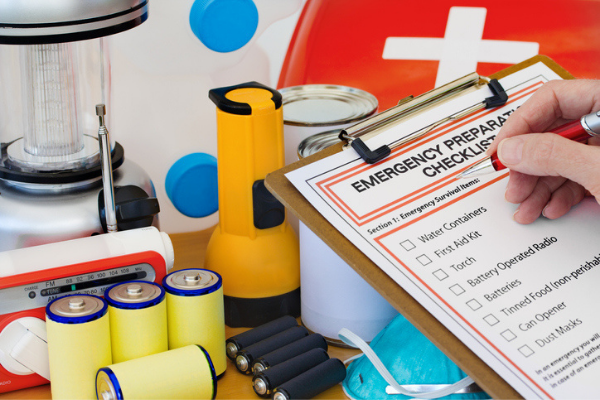
We all have them, pet peeves, you know, those annoyances that are particularly irritating. But do you know your safety ones? We all have them.
I have a colleague that is particular about labeling; the labels have to be just so. Another can spot an unsecured ladder at 100 yards. Yet another can find the faulty electrical cord or over-loaded extension cord when they walk into the room. Having been on many safety inspections or audits, I can tell you each and every one of us has them. But, the more interesting question is, what is the underlying reason behind that particular one or two?
I have two, one is plant-related, and one is office-related. My plant one is improperly stored and secured compressed gas cylinders. I seem to have a particular knack for spotting these when in a plant or during a laboratory walkthrough. It doesn’t seem to matter that they are 50 to 100 feet away or are stored at the back of the laboratory bench. I just seem to find them. Similarly, I have to store my home fire-extinguishers just so and keep a watch on my aerosol cans.
My office one is a bit different. It is open or partially open file drawers. I have to make sure they are shut when not actively in use. I will even shut my colleague’s drawers if they are open and not in use. But what is interesting about these is that I have never personally had an incident associated with either of them. So, how and why did these two hazards become my personal pet peeves?
The compressed gas cylinder one has been with me since I entered graduate school. One of my faculty advisors relayed a story about a colleague being killed at his desk because an unsecured cylinder lost its regulator and hit him through the concrete wall. My imagination was enough to fill in the details. But, if you want a graphic example, check out the Chemical Safety Board’s investigation of a gas cylinder storage area accident in St. Louis. Each cylinder became a missile. Of course, over time it expanded to incompatible storage, i.e., “empty” hydrogen and “empty” oxygen cylinders being stored together. (Remember, an “empty” compressed gas cylinder still is under pressure, so it isn’t empty.)
The open drawer one is a bit more obvious. It is a tripping and tipping hazard. So, while it may not be a hazard now, it will be.
Most of the time a pet peeve hazard is due to some sort of personal connection. Maybe you were written up on that one during an inspection, or you were hurt or nearly hurt because of it, or there is some other personal connection.
So, I contend that “pet peeve” should be one. It should be looked at as a potential hyper-sense. You can “feel” that hazard before it even really registers that it is one. The trick is to extend that hyper-sense to other hazard identifications, expand them, and find out which ones are your colleagues so that they can be combined to make your workspaces safer for all.
This article has been edited for length and clarity. The opinions expressed in this article are the author's own and do not necessarily reflect the view of their employer or the American Chemical Society.
Copyright 2022 American Chemical Society (All Rights Reserved)








